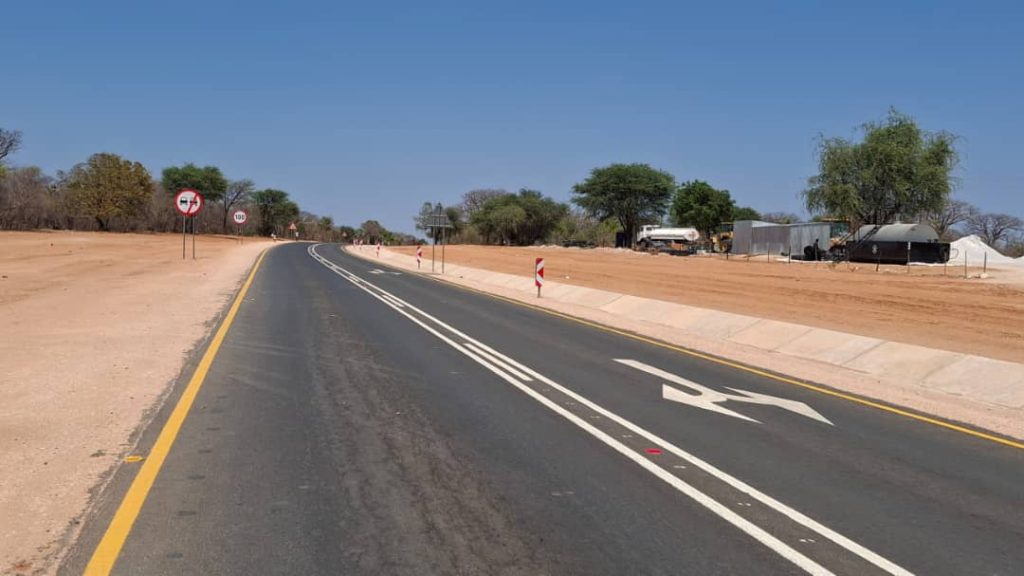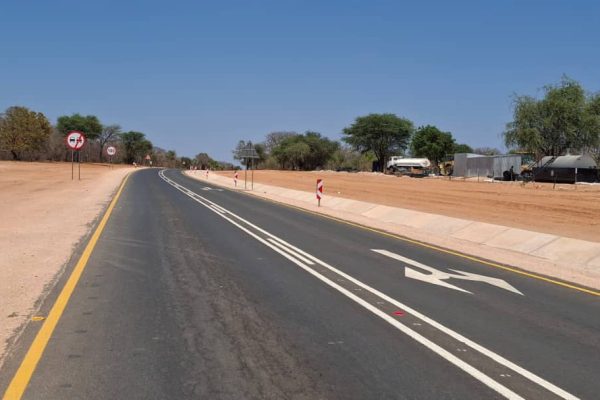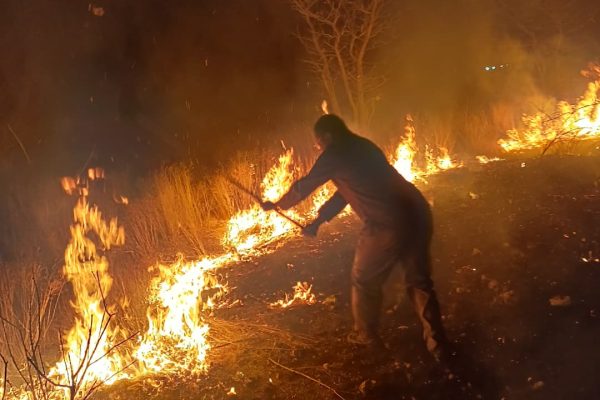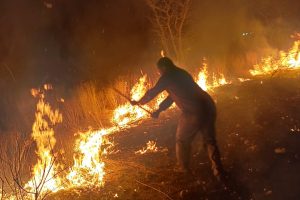
By: Annakleta Haikera
The Nkurenkuru–Nepara road in the Kavango West Region has officially been opened after the completion of the first phase of the project, valued at about N$29 million.
Roads Authority (RA) Board chairperson, Martin Kambulu, announced the official opening yesterday.
The initial 8km stretch was constructed over six months from March this year, and is now open to the public. The full project covers 27km, leaving 19km still to be completed once funds are mobilised.
“We are now in the process of mobilising funding so that we can see this project to completion. Once secured, we hope to finalise the remaining 19km by January 2027,” Kambulu said.
He commended the contractor for delivering the first phase within budget and on time, while also assuring that quality would not be compromised in future phases.
Kambulu also took the opportunity to provide updates on other regional projects.
“The Divundu–Muhembo road in Kavango East is progressing well, while challenges persist on the Andara–Shamaturu and Ndiyona–Djaradjara roads,” he explained.
“The CEO and I are in discussions to find amicable solutions to resolve the issues so that these projects can move forward,” he added.
Roads Authority chief executive officer, Conrad Lutombi, confirmed the appointment of a contractor to complete an additional 8km stretch linking to a local school, with work expected to start in earnest before the end of the month.
“We want to complete this section by March next year. The project will also link to the military base, and clearing for the outer Ncaute–Karukuvisa road is set to begin by Friday,” he indicated.
Lutombi also encouraged responsible driving on the newly-opened section.
“Although the road is open, the project is still ongoing,” Lutombi highlighted. “We urge road users to respect speed limits and traffic signs to avoid accidents. We have installed lights at key crossings to improve night-time visibility,” he noted.
Both leaders reiterated that once funding is secured, contractors will be given adequate time to deliver quality work.
During a visit to the Kavango East Region on 21 September 2025, Prime Minister Elijah Ngurare stated that the Kavango Region, being the second-most populated in Namibia, deserves adequate road infrastructure to unlock its full development potential.
He stressed that poor roads remain one of the greatest barriers to progress in the region, particularly affecting in the education sector.
“The lack of proper roads has delayed the construction of many new schools because building materials cannot be transported on time due to sandy and impassable routes,” Ngurare mentioned.
Ngurare also relayed that the government is committed to addressing these challenges, pointing out that better roads will not only speed up the building of schools, but also improve access to health facilities, markets, and other essential services.
He added that reliable road networks are key to stimulating economic activity, reducing poverty, and connecting rural communities to opportunities.
Ngurare urged local leaders, contractors, and the community to work hand in hand with government initiatives, underlining that infrastructure development in Kavango East and West should be treated as a national priority.
The Nkurenkuru–Nepara road has long been identified as a critical link in Kavango West, connecting the regional capital, Nkurenkuru, to Nepara village and surrounding settlements.
For years, residents have relied on a sandy, poorly-maintained track that became nearly impassable during the rainy season, cutting communities off from essential services and markets. The road also serves as an access route to key institutions, including a military base, schools, and health facilities, making its upgrade a longstanding demand from both local leaders and residents.
Its improvement is expected to boost mobility, stimulate local trade, and improve the delivery of education and healthcare services.
The project was first proposed several years ago under the government’s plan to extend rural road infrastructure in Kavango West. However, delays in funding and procurement meant construction only began in March 2025, with the RA phasing the project to allow for progress as funds were availed.









